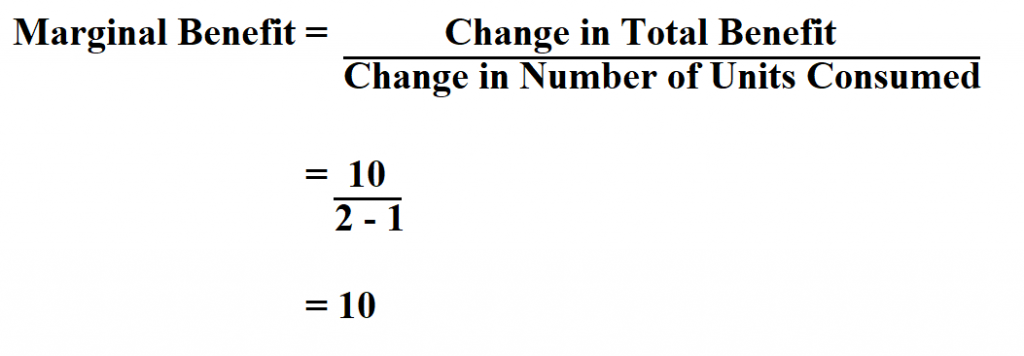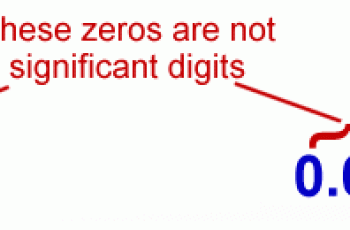In this article we will define and discuss how to calculate marginal benefit. A marginal benefit is a maximum amount a consumer is willing to pay for an additional good or service.
The goal of marginal benefit is to continue to make a profit even after a majority of consumers have already purchased the product.
Type of Marginal Benefit.
There are three types of marginal benefits and they are as follows:
- Positive marginal benefit. This occurs when there additional units of a product are consumed. A person who likes cupcakes might experience more happiness on getting a second cupcake.
- Negative marginal benefit. When a customer has too much of a certain product, the additional unit will have negative consequences. Too many cupcakes will not add to your joy. You might start feeling sick instead.
- Zero or neutral benefit. This is what happens after a customer has more of a product that doesn’t bring any positive or negative effects. A person might stop eating or buying cupcakes when he feels he has had enough.
Relevance and Uses.
It is important to understand the concept from the point of view of a seller because this sense of perceived benefit of the consumer can be used to maneuver discount offers.
Companies can also use marginal benefit as a marketing advantage. To determine the marginal benefit of a product, companies may analyze customer needs and values.
Based on the optimal level of benefit, an organization may prepare the budget for quantity to be produced.
Formula to Calculate Marginal Benefit.

Example:
Suppose after consuming the first ice cream, you consume the second one and the benefit derived is 10 more than that of the first ice cream. Calculate the marginal benefit of the consumer.

Therefore, the marginal benefit of the first ice cream and the second one is 10.

